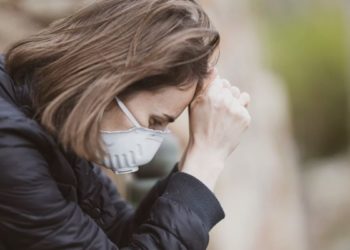Quick Take: Nationwide analysis of resuscitative endovascular balloon occlusion of the aorta in civilian trauma
Massive hemorrhage secondary to traumatic injury continues to be a leading cause of morbidity and mortality. While the use of temporary hemostatic measures including aortic occlusion is not novel, resuscitative endovascular balloon occlusion of the aorta (REBOA) is not routinely used in trauma settings. Prior studies have shown mixed results with respect to its utility in decreasing mortality. In this case-control study, data from the 2015-2016 American College of Surgeons (ACS) Trauma Quality Improvement Program was used to evaluate outcomes in 420 trauma patients that had received REBOA, compared to 280 matched trauma patients that did not receive REBOA. Patients that received REBOA were younger (mean age 44 vs. 53, p=0.88) and more likely to be non-white (p=0.003). In comparing matched patients, there was no difference between the REBOA and no-REBOA groups in terms of age (p=0.88), sex (p=0.76), race, mean systolic blood pressure (SBP) (p=0.65), mean heart rate (p=0.74), median GCS score (p=0.88), mechanism of injury, incidence or type of pelvic fracture (p=0.65), lower limb fractures (p=0.69), vascular injuries (p=0.11), solid organ injury or severity of solid organ injury.
Compared with patients in the no-REBOA group, patients in the REBOA group had a higher 24-hour mortality rate (26.4% vs. 33 11.8%, p=0.01), as well as higher rates of acute kidney injury (10.7% vs. 3.2%, p=0.02) and amputation of a lower limb (3.6% vs. 0.7%, p=0.04). However, there was no significant difference in ED mortality (p=0.35) or mortality after 24 hours (p=0.21), between the REBOA and no-REBOA groups. Moreover, there was no difference between groups in 4-hour or 24-hour blood transfusion requirements for packed red blood cells (PRBCs), platelets, or plasma, and no significant difference in hospital or intensive care unit (ICU) length of stay. All the patients who survived in the emergency room received intervention for definitive hemorrhage control with either angioembolization or exploratory laparotomy. There was no difference between groups in terms of the rate of angioembolization (p=0.18) or exploratory laparotomy (p=0.33). However, the median time from emergency department presentation to angioembolization or exploratory laparotomy was higher in the REBOA group (p=0.04 for both). This study therefore shows that placement of REBOA in severely injured trauma patients may be associated with a higher mortality rate compared to matched patients managed without placement of REBOA. Patients receiving REBOA may also have higher rates of acute kidney injury and lower leg amputations, further questioning the utility of this modality in trauma settings.
Click to read the study in JAMA Surgery
Image: PD
©2019 2 Minute Medicine, Inc. All rights reserved. No works may be reproduced without expressed written consent from 2 Minute Medicine, Inc. Inquire about licensing here. No article should be construed as medical advice and is not intended as such by the authors or by 2 Minute Medicine, Inc.







